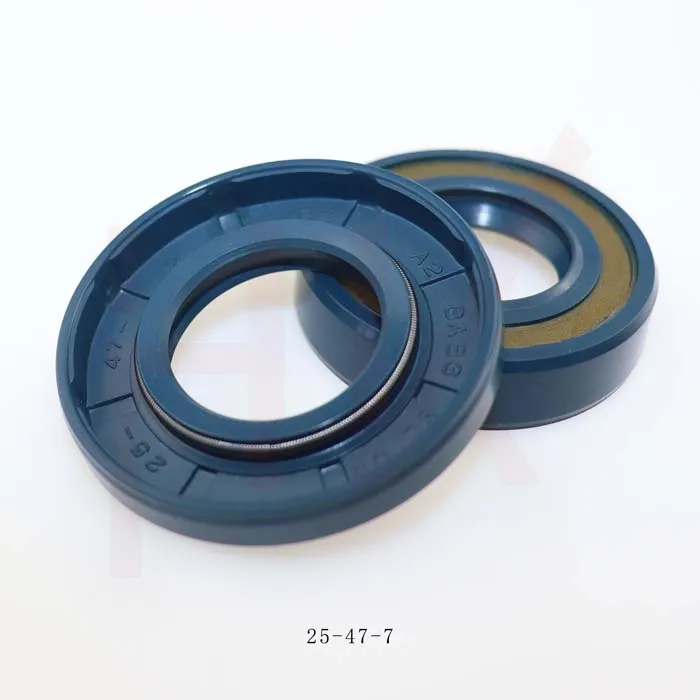11 月 . 04, 2024 14:10 Back to list
Choosing the Right Seals for Hydraulic Motors to Enhance Performance and Longevity
The Importance of Seals in Hydraulic Motors Ensuring Efficiency and Longevity
Hydraulic motors are essential components in various mechanical systems, converting hydraulic energy into rotational motion. They are widely used in industrial machinery, construction equipment, and mobile applications. A critical factor that determines the efficiency and durability of hydraulic motors is the quality and design of their seals. In this article, we will explore the crucial role of seals in hydraulic motors, their types, materials, and best practices for maintenance.
Understanding Hydraulic Motor Seals
Seals in hydraulic motors serve several essential functions. Primarily, they prevent hydraulic fluid from leaking out of the motor and keep contaminants from entering the system. This dual purpose is vital because leaks can lead to a decrease in system performance and efficiency, while contamination can cause wear and tear on internal components, leading to reduced lifespan and potential failure.
Types of Seals Used in Hydraulic Motors
There are several types of seals used in hydraulic motors, each chosen based on application requirements, operating conditions, and the specific design of the motor. The most common types include
1. O-Rings These are circular seals made from elastic materials that fit into grooves to create a tight seal. O-rings are versatile, resistant to a variety of fluids, and are easy to install, making them a popular choice in hydraulic applications.
2. Rod Seals These seals are designed to prevent leakage around the rod of a hydraulic piston, maintaining pressure and performance. They can be made from rubber, polyurethane, or PTFE, depending on the operating environment.
3. Piston Seals Positioned at the piston end within the motor, piston seals prevent the hydraulic fluid from leaking between the piston and the cylinder wall. Like rod seals, they come in various materials and designs to suit different pressure and temperature conditions.
4. End Seals These seals block fluid from escaping at the ends of the hydraulic motor. End seals are crucial for maintaining system integrity, especially in high-pressure applications.
Material Selection for Seals
The material used for hydraulic motor seals is critical for performance and durability. Common materials include
- Nitrile Rubber (NBR) Offers excellent resistance to oil and hydraulic fluids, commonly used in moderate temperature applications.
hydraulic motor seals

- Polyurethane (PU) Known for its abrasion resistance and durability, PU seals are suitable for harsh conditions and high-pressure environments.
- Fluoroelastomers (FKM) These seals resist high temperatures and aggressive fluids, making them ideal for specialized applications.
- PTFE (Teflon) This material is known for its low friction properties and chemical resistance, often used in high-performance applications.
Best Practices for Maintenance
To ensure the longevity and efficiency of hydraulic motors, proper maintenance of seals is crucial. Here are some best practices
1. Regular Inspections Routine checks of the seals can help identify signs of wear, damage, or fluid leaks. Early detection can prevent larger problems down the line.
2. Clean Environment Keeping the hydraulic system clean and free of contaminants is vital. This can be achieved by regularly changing the hydraulic fluid and using proper filtration systems.
3. Proper Installation Ensuring seals are installed correctly can prevent premature failure. Follow manufacturer guidelines during installation and replace any damaged seals immediately.
4. Temperature Management Monitor operating temperatures to ensure they are within the specified limits for the seal materials. Excessive heat can degrade seals quickly, leading to leaks and failures.
5. Use Appropriate Fluids Selecting the right hydraulic fluids for your system can greatly impact seal performance. Consult the manufacturer's specifications to ensure compatibility.
Conclusion
Seals are a vital aspect of hydraulic motors, playing a significant role in maintaining system performance and reliability. By understanding the types of seals, material options, and maintenance practices, operators can ensure the longevity and efficiency of their hydraulic systems. Investing in high-quality seals and adhering to best practices will ultimately lead to reduced downtime, lower maintenance costs, and enhanced operational efficiency in hydraulic applications.
-
The Power of Advanced Sealing: High-Pressure Solutions for Modern Machinery
NewsOct.29,2024
-
Optimizing Machinery with High-Performance Oil Seals
NewsOct.29,2024
-
Maximizing Machinery Efficiency with Advanced Oil Seals
NewsOct.29,2024
-
Ensuring Equipment Longevity with Quality Oil Seals
NewsOct.29,2024
-
Enhance Equipment Performance with Quality Oil Seals
NewsOct.29,2024
-
Custom Oil Seals for Specialized Machinery Needs
NewsOct.29,2024
-
The Role of Wiper Seals in Dust Sealing and Oil Protection
NewsOct.20,2024
Products categories
















